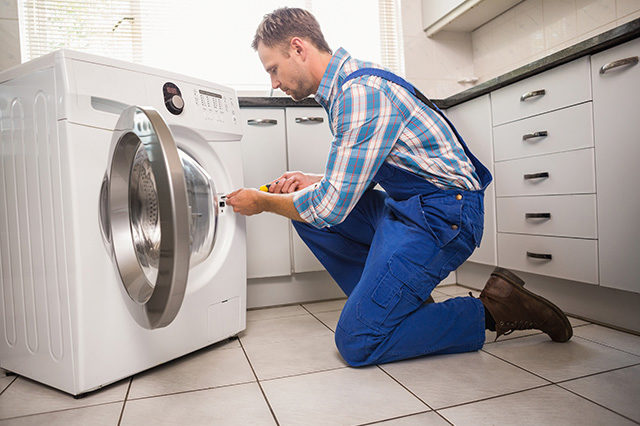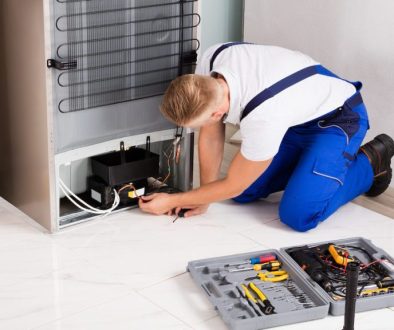Washing Machine Repair Near Me Hyderabad
Washing Machine Repair Hyderabad
Washing machine repair at home in Hyderabad. Get Washing Machine repair in Hyderabad near you within 90 minutes
Find ✓Washing Machine Repair Service Centers ✓Front Load Washing Machine ✓Top Load Washing ,
Hey! It’s a laundry day. You know this because the cloths you are wearing is very old and it does not match your pants in any light. And there is a chance, just a chance, that you are wearing one black sock and one Navy blue sock. So you schlep a heaping hamper to the laundry room and carefully(or not so carefully) separate colors from whites. Then, you cram as many as will fit into the washer, throw in some detergent and hit the START button.
And nothing happens!. Ever wonder what the guts of a washing machine look like? A washer has a tub and an agitator; various cycles control the water temperature.
Suddenly, the piece of machinery you could always count on is on the fritz. Washing machines are the workhorses of the household appliance stable — in fact, there’s even a TED Talk about how they’re the most important invention of the Industrial Revolution (source: Rosling]. And when they go down, they’re the toughest to get by without a technician. Who wants to drag their laundry down the street to the laundromat and fight other people for the privilege of shoving quarters into a strange machine that you suspect may not take the gentle cycle very seriously?
So, you have a choice to make a Call to repairman or see if you can tackle the problem yourself. Because washing machines do so many things, they may be harder to diagnose than they are to repair. For a household appliance, it’s a pretty complicated gizmo – with special timing cycles that operate valves, motors that turn water on, spin the tub, drain water, and control the water temperature.
Note: Many newer washers include electronic diagnostics that can be interpreted from the owner’s manual.
Caution: Before you do any work on a washer, make sure it’s unplugged. Disconnect the grounding wire and the water hoses.
But diagnosis is possible, even for the do-it-yourselfer. It just takes a little patience and a basic understanding of washing machine mechanics. In this article, we will explain how to troubleshoot your washing machine and describe some quick repairs for common malfunctions.
As we mentioned, washing machines are complex, but there are some simple steps you can take to diagnose common washer problems.
Is the washer receiving power? The first line of defense for any electrical repair is the sincere hope that it’s as simple as a loose plug, damaged cord or malfunctioning wall outlet. If all of these check out, it could be a blown fuse or circuit breaker. Either of these can still be a pretty simple fix. But if the machine is receiving power and still not operating, then it’s probably time to get to know your washing machine on a deeper level.
If these simple operating checks don’t fix the problem, it’s time to get up close and personal with your machine.
After checking for power, the next thing to look at is the water supply. Knobs may get turned inadvertently or hoses could become kinked, so a quick inspection of these parts may yield an answer. Make sure that both water faucets are turned on and that all hoses are properly extended, without kinks. If the washer has a water-saver button, make sure the button is depressed.
If it’s not a power or water source issue, the next logical problem may be that the washing machine is not working properly because it needs to be cleaned. In the next section, we’ll discuss how to keep dirty clothes from creating a dirty washer.
We interrupt this scintillating mechanical exploration of washing machine mechanics to bring up a very important matter: why your laundry might stink even after a fresh wash. It may be that your washer is dirty.
Regularly clean the top and door of the washer to prevent the buildup of dirt and detergent. When you wash very linty materials, pull lint from the tub after removing the laundry. Built up lint can keep water and detergent from properly circulating and soap deposits themselves may cause laundry to smell bad. To solve this problem, fill the tub with water and add 1/2 cup of baking soda or 3 cups of white vinegar; then run the machine through the complete wash cycle sans laundry [source: DIY Life]. If the deposits are really bad, wash the inside of the tub with a solution of household ammonia and mild detergent. Rinse thoroughly and wipe the tub with liquid bleach. A word of caution: Rinse the tub thoroughly before wiping it out with bleach. The combination of ammonia and bleach forms a potentially dangerous gas called chloramine. This compound can cause health issues ranging from mild skin irritation to digestive and kidney problems
A clean washing Machine is a happy washing Machine.
Finally, run the machine through a complete wash cycle before you put any more laundry in. Hopefully, you were able to address your issue with these simple steps.
But if your problem persists, don’t despair. In the next section, we’ll discuss disassembling the washer for more thorough repairs.
For most repairs and maintenance, the washer cabinet usually requires disassembly. The washer cabinet is where the magic happens, and houses all of the electrical components of the washer. Location varies by manufacturer, but typically this can be found on the top of the machine behind the control panel. This can be relatively simple based on the make and model, but be sure to consult the owner’s manual to find out how to disassemble your particular machine properly. Caution: Make sure the power cord and water hoses are disconnected before you disassemble the cabinet or tip it over for service.
Find Us on Google Maps




